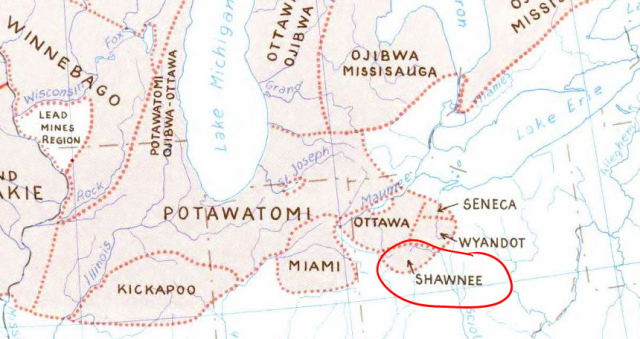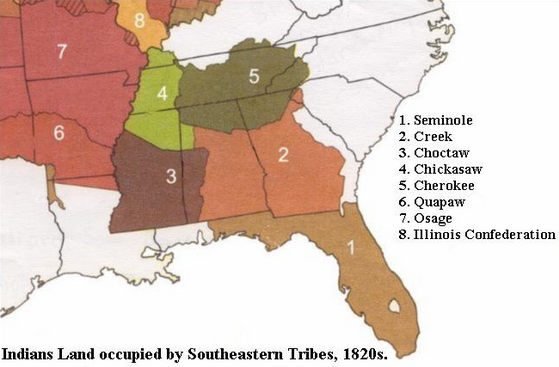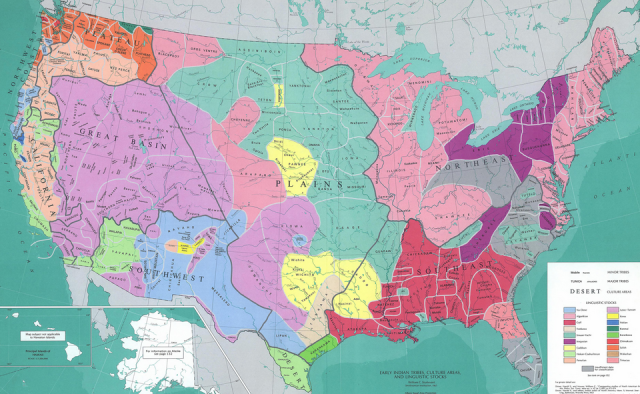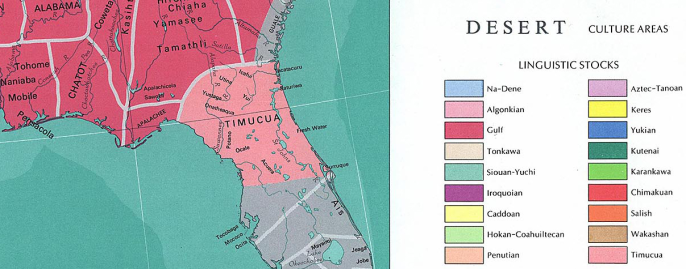I teach history, but I rarely give multiple choice quizzes or tests. Some of my students have been asking me why. They seem used to taking mutiple choice tests.
I have a three-part reason for generally avoiding multiple choice quizzes and tests:
First, I like learning, and I don’t learn much from the wrong answers students give on multiple choice tests. I suppose that if everyone got #4 wrong, I’d know to go over that one. But what I’d learn would be limited. The answer was C and they put D.
With short and medium answer questions, I find out in more detail what my students don’t understand, so we can go over those concepts in class. And isn’t that the whole purpose of a quiz? It’s not to generate a grade — it’s to find out whether students are getting the material.
For example, in response to the question “Who was Tecumseh?” on a recent quiz,
several students wrote that “Tecumseh was the leader of the Native Americans.”
This tells me that my students and I need to do a better job differentiating between Native American gropus. There were a lot of different Native American tribes, as shown in this map of linguistc diversity (click here for a link to a bigger version of the map):
That key in the lower right corner looks like this when you blow it up:
I don’t think my students have any sense that Native Americans spoke different languages. It might be useful to think of Native Americans in the 1800s in the US the way we think of Europe today — there are many different languages and cultures as you move from say France to Germany to Sweden.
It’s a problem that most of my students said that “Tecumseh was the leader of the Native Americans in the War of 1812.”
Tecumseh lived in the Indiana territory and around the Great Lakes region, but he had little to do with Native Americans in other areas, such as the Creek Indians (who Andrew Jackson defeated — the US gained 23 million acres of land) and the Seminole Indians (who Andrew Jackson will defeat in the First Seminole War, which we’ve not studied yet).
Because of the confusion on the quiz, I was motivated to find some maps to show my students so we can clear up where Native Americans are located, and how Tecumseh could not have united all of them:
This is where Tecumseh would be found — up in the Great Lakes region (his tribe, the Shawnee, are circled in red).
Moving further south, the Seminole and Creek would found at numbers 1 and 2 on this map:

It’s not a coincidence that when I asked students about the consequences of the War of 1812, most students failed to mention that the Native Americans lost the most, while the US and British basically fought to a draw. We tend to forget about Native Americans.
At the start of next year, I need to do a better job with teaching about Native Americans.
Also, many students were confused about the term “War Hawks.” Some actually wrote that they were Native Americans. A surprising number wrote that Patrick Henry was an example of a War Hawk. This is an interesting theory, but War Hawks were congressmen who pressured President Madison into going to war in 1812. And Patrick Henry died in 1799, so that’s not possible.
We had studied Patrick Henry earlier this semester, and I intended him to be an example of an early colonist who gave a famous speech in 1775 in Virginia. Somehow, students conflated Patrick Henry with the War Hawks, who came nearly 40 years later. I think this highlights how it’s hard for students to get a sense of chronology — to many of them, all of this happened “a long time ago.” That’s why I put up a large chronology in our classroom (well, in my three classrooms). To help students get a sense of chronology.
Actual examples of War Hawks would be Henry Clay and John C. Calhoun, who were mentioned in our reading.
I’ll provide a few more examples of common mistakes my students made at the end of this post (and I’ll use this post with my students so that we can learn from the quiz we took last week).
If my goal is for students to learn the material in a meaningful way, it’s GOOD for students to make mistakes and over-simplifications about Native Americans (see my earlier blog post that unpacks the sentence The English arrived in Jamestown, Virginia, in 1607 — they actually landed in Puerto Rico first).
We can (and will) learn from our mistakes. And students have an opportunity to show that they have in fact learned from their mistakes. My grading philosophy is to allow students who do badly on quizzes to hand in quiz corrections. If they show me that they know the material better than they did when they took the quiz, I’m happy to raise their grade accordingly.
The second reason I give tests and quizzes that require students to do some writing is that, in general, my students need practice writing. They won’t get better at writing unless they practice. Several of them wrote that the “boarders” did not change after the War of 1812 — and while I’m glad they have the concept down, enough of them made that spelling mistake that it’s worth talking about.
Similarly, many students wrote about how Native Americans “loose” 23 million acres of land as a result of the War of 1812.
These minor spelling errors are not that big of a deal, but they are symptomatic of a larger problem — that most high school students need more practice writing.
So even though it takes me significantly longer to grade quizzes that require writing, I’ll be sticking with short (and medium-length) answer questions. As a school, we’re working on the idea that all teachers are writing teachers — even math and science teachers.
The third reason I like short answer questions is that my students often surprise me with their questions and insights — and it’s hard to get questions and insights from a multiple choice quiz.
For example, when I asked students to list the consequences of the War of 1812, we had talked about five consequences in class — they were listed on our study guide. Most students reproduced that list pretty well. But several of my students went beyond that list and mentioned a consequence that makes sense — “increased war debt.” Similarly, one student pointed out that as a result of US naval victories, “Britain’s illusion of invincibility was shattered.”
And so, I give short answer questions so that I can learn from what my students write on their quizzes.
Here are a few more things I learned from grading our most recent quiz — this won’t make sense to people not in my class, but it should be useful for my students…
Several students thought Tecumseh was killed at Tippecanoe. That battle was launched specifically because Tecumseh was away from the holy city of Prophetstown. Tecumseh was killed the next year, in 1813, at the Battle of Thames (end of paragraph 9 of our reading).
The “elastic clause” is also called the “necessary and proper” clause — it’s part of the Constitution that allows Congress to expand its power to do things that are not specified in the Constitution, such as chartering a bank or purchasing Louisiana.
See http://en.wikipedia.org/wiki/Necessary_and_Proper_Clause
On slavery…
“Forks of the Road” is connected to the “Second Middle Passage” but it is not correct to call it the Second Middle Passage. It was the second-largest slave market in the US and we saw it in the Henry Louis Gates video. It’s on the study guide. This is the place that the video referred to as an 1800s version of Costco or Walmart, but for slaves.
The largest slave market was in New Orleans — this makes sense because both New Orleans and Natchez, Mississippi are on the Mississippi River, which was the main trade artery for the US at the time. Control of the Mississippi River will be key during the Civil War.
And finally, on the topic of slavery, some people said that the cotton gin made life easier for slaves who picked cotton. That’s not exactly right — slaves who worked in the cotton fields did plenty of hard work with or without the cotton gin. What the cotton gin did was to make cotton farming protitable, which meant an influx of slaves from the South to the Deep South. That voyage is what the video referred to as the Second Middle Passage.
One odd thing happened on the quiz — some students talked about “land” as a cause for the War of 1812. Indeed, land is often something that people fight over. But what I found odd was that many students talked about the British wanting to take American lands, or Native Americans attacking the United States. I think it’s fair to say that the US desire for more land was one cause of the war. The US declared war on Great Britain, wanting to take more land in Canada. And the War Hawks also thought land could come from the Spanish in Florida (they were right). As we discussed, Andrew Jackson got around 23 million acres of land from the Creek Indians during the course of the war. That’s worth thinking about from the Native American perspective.



